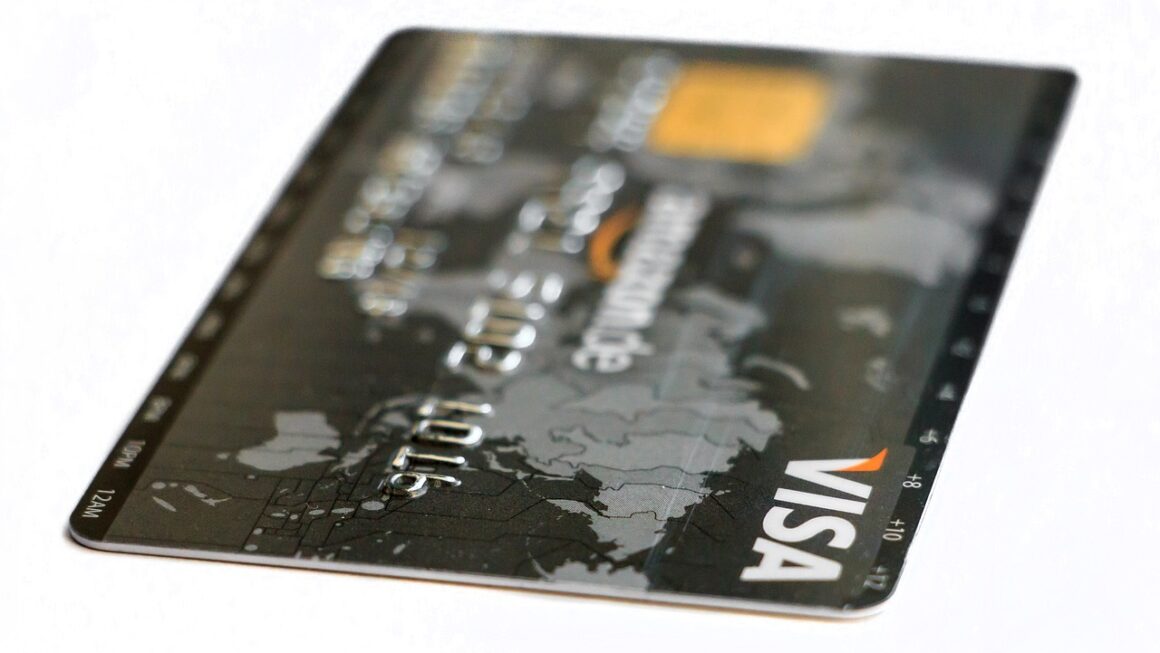Budgeting can feel restrictive, a financial diet that leaves you craving the things you want. However, a well-crafted budget is not a punishment; it’s a powerful tool that empowers you to control your finances, achieve your goals, and build a secure future. It’s about making informed choices and aligning your spending with your priorities. This guide will walk you through the essential steps of effective budget planning, transforming your financial outlook from uncertain to confident.
Understanding the Importance of Budgeting
Why Budget?
Budgeting is the cornerstone of sound personal finance. It allows you to track where your money goes, identify areas where you can save, and plan for the future.
- Gain Control: A budget gives you a clear picture of your income and expenses, preventing overspending and financial surprises.
- Achieve Financial Goals: Whether it’s buying a home, paying off debt, or retiring early, a budget helps you allocate funds strategically.
- Reduce Stress: Knowing where your money is going can significantly reduce financial anxiety and promote peace of mind.
- Build Savings: Budgeting allows you to identify areas to cut back on expenses and allocate more money to savings. A recent study by the Federal Reserve found that only 37% of Americans can cover an unexpected $400 expense. Budgeting helps you build that emergency fund.
- Avoid Debt: By tracking your spending and planning for expenses, you can avoid accumulating unnecessary debt.
- Improve Financial Literacy: The process of creating and maintaining a budget enhances your understanding of personal finance.
Dispelling Budgeting Myths
Many people avoid budgeting due to misconceptions about its rigidity or perceived limitations.
- Myth: Budgeting is too restrictive. Reality: A flexible budget allows for adjustments and unexpected expenses.
- Myth: Budgeting is only for people with low incomes. Reality: Budgeting is beneficial for everyone, regardless of income level. High earners can still benefit from optimizing their spending and maximizing their savings.
- Myth: Budgeting is too time-consuming. Reality: Once established, a budget requires minimal maintenance. Technology also offers numerous tools to simplify the process.
Creating Your Budget: A Step-by-Step Guide
Step 1: Calculate Your Income
- Identify all sources of income: This includes your salary, wages, freelance income, investment returns, and any other regular payments you receive.
- Calculate your net income: This is your income after taxes and other deductions (e.g., health insurance, retirement contributions). Use your pay stub to determine this.
- Be realistic: Don’t overestimate your income. If you have variable income (e.g., freelance), use a conservative estimate based on your lowest earning months.
Step 2: Track Your Expenses
- Monitor your spending: Use a budgeting app, spreadsheet, or notebook to track every expense for at least one month.
- Categorize your expenses: Group your expenses into categories such as housing, transportation, food, entertainment, and debt payments.
- Distinguish between fixed and variable expenses:
Fixed expenses are consistent amounts each month, such as rent or mortgage payments, loan payments, and insurance premiums.
Variable expenses fluctuate from month to month, such as groceries, utilities, and entertainment.
- Example: Use a spreadsheet: create columns for date, description, category, and amount. At the end of the month, sum each category to understand your spending habits. Many budgeting apps automatically categorize transactions.
Step 3: Create Your Budget Categories
- Housing: Rent/mortgage, property taxes, homeowner’s insurance, maintenance.
- Transportation: Car payments, gas, insurance, maintenance, public transportation.
- Food: Groceries, dining out.
- Utilities: Electricity, gas, water, internet, phone.
- Healthcare: Insurance premiums, doctor visits, prescriptions.
- Debt Payments: Credit card payments, student loan payments, personal loan payments.
- Savings: Emergency fund, retirement savings, investment accounts.
- Entertainment: Movies, concerts, hobbies.
- Personal Care: Clothing, toiletries, haircuts.
- Miscellaneous: Gifts, subscriptions, unforeseen expenses.
Step 4: Allocate Funds to Each Category
- Prioritize essential expenses: Ensure that you allocate enough funds to cover your fixed expenses and basic needs.
- Apply the 50/30/20 rule: This guideline suggests allocating 50% of your income to needs, 30% to wants, and 20% to savings and debt repayment.
- Adjust as needed: Your budget should be personalized to your specific circumstances and goals. Don’t be afraid to adjust the percentages as needed.
Step 5: Review and Adjust Your Budget Regularly
- Track your actual spending against your budget: Compare your planned spending to your actual spending each month.
- Identify areas where you are overspending: If you consistently exceed your budget in a particular category, consider ways to reduce your spending in that area.
- Make adjustments as needed: Life changes, such as a new job or unexpected expenses, may require you to adjust your budget.
- Aim for consistency: Sticking to your budget consistently will help you achieve your financial goals over time. Consider automating savings and bill payments to help ensure compliance.
Budgeting Methods: Finding the Right Fit
The 50/30/20 Rule
- Overview: Allocates 50% of your income to needs, 30% to wants, and 20% to savings and debt repayment.
- Pros: Simple and easy to understand.
- Cons: May not be suitable for everyone, especially those with high debt levels or significant savings goals.
Zero-Based Budgeting
- Overview: Every dollar of your income is allocated to a specific category, ensuring that your income minus your expenses equals zero.
- Pros: Encourages mindful spending and helps you prioritize your financial goals.
- Cons: Can be time-consuming and requires meticulous tracking of expenses.
Envelope Budgeting
- Overview: Allocate cash to physical envelopes for specific spending categories, such as groceries or entertainment. Once the envelope is empty, you cannot spend any more in that category until the next month.
- Pros: Helps you stay within your budget and avoid overspending.
- Cons: Requires carrying cash and can be inconvenient.
Digital Budgeting Apps
- Overview: Utilize budgeting apps like Mint, YNAB (You Need a Budget), or Personal Capital to track your income and expenses, set goals, and monitor your progress.
- Pros: Convenient, automated, and provides detailed insights into your spending habits.
- Cons: Requires sharing your financial information with a third party, and some apps may have subscription fees.
Example: Choosing a Method
A young professional earning $4,000 per month might choose the 50/30/20 rule to start. They would allocate $2,000 to needs, $1,200 to wants, and $800 to savings and debt repayment. As they become more comfortable with budgeting, they might switch to zero-based budgeting to fine-tune their spending.
Tips for Sticking to Your Budget
Set Realistic Goals
- Avoid setting unrealistic goals that are difficult to achieve.
- Start small and gradually increase your savings and debt repayment goals over time.
Automate Savings and Bill Payments
- Set up automatic transfers from your checking account to your savings account each month.
- Enroll in automatic bill payment programs to avoid late fees and missed payments.
Find a Budgeting Buddy
- Enlist the help of a friend or family member to keep you accountable.
- Share your progress and challenges with your budgeting buddy and offer each other support.
Celebrate Your Successes
- Reward yourself for achieving your financial goals, but do so within your budget.
- Recognize your progress and stay motivated to continue building healthy financial habits.
Avoid Lifestyle Inflation
- As your income increases, resist the temptation to increase your spending proportionally.
- Continue to live below your means and allocate the extra income to savings and investments.
Conclusion
Budget planning is not just about restricting spending; it’s about taking control of your financial future and achieving your dreams. By understanding the importance of budgeting, creating a detailed budget, and consistently tracking your progress, you can transform your financial outlook and build a secure foundation for the future. Remember that budgeting is a continuous process that requires ongoing review and adjustment. Embrace the journey, stay committed to your goals, and celebrate your successes along the way.




